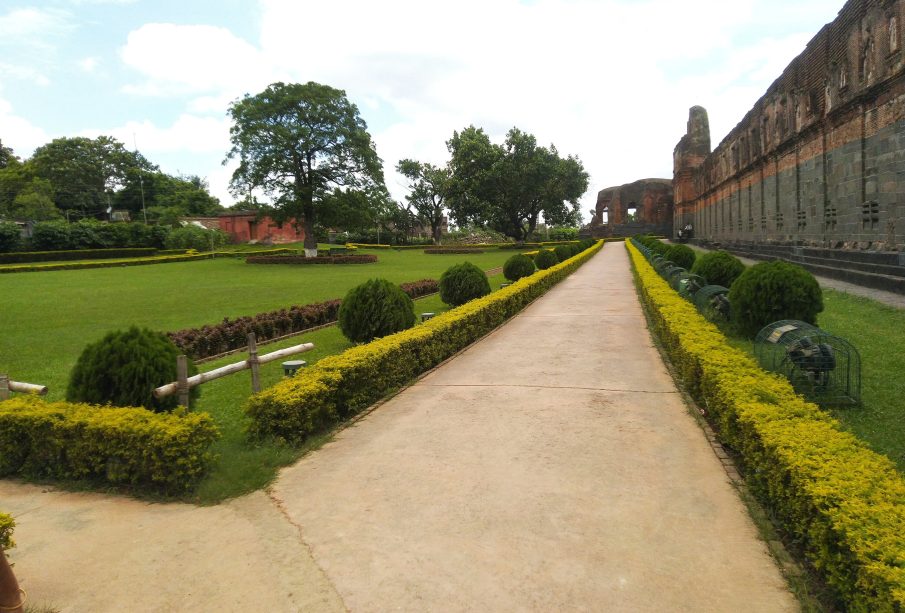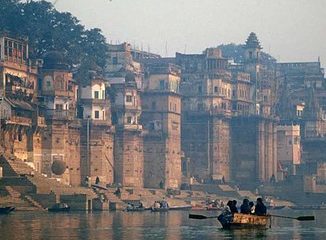Exploring Malda: A Cultural and Historical Overview

Introduction
Malda, a city in the northern part of West Bengal, India, stands as a significant cultural and historical hub. With its rich heritage, diverse agriculture, and vibrant history, Malda offers a unique blend of traditional and modern influences. It holds vital importance not only to the state’s economy but also as a key cultural center that reflects the essence of Bengali heritage.
Cultural Significance
Malda is renowned for its historical landmarks, including the ruins of the ancient city of Gaur and the impressive mosque structures from the Sultanate period. The region is famous for producing quality mangoes, particularly the ‘Langra’ and ‘Himsagar’ varieties, significantly contributing to the economy and attracting tourists. Festivals such as Nabanna, celebrating the harvest, showcase the rich cultural tapestry of the area.
Recent Developments
In recent years, Malda has seen a surge in infrastructural development. The introduction of new transport facilities, including improved rail connectivity and the expansion of road networks, aims to boost local trade and tourism. Additionally, the state government has launched several initiatives to promote handicrafts and traditional artisans, ensuring that local craftsmanship continues to thrive amidst modernization.
Challenges and Opportunities
Despite its cultural richness, Malda faces challenges such as economic disparity and natural calamities, especially flooding during monsoon seasons. However, opportunities exist through tourism and agricultural advancements. The potential for ecotourism and responsible agriculture presents a pathway for sustainable development, which could uplift the local economy while preserving its rich heritage.
Conclusion
Malda is at a crossroads of tradition and modernity, offering a reflection of the diverse history and culture of West Bengal. As the government and local communities strive towards economic enhancement and cultural preservation, Malda has the potential to emerge as a leading destination in eastern India for both tourism and agriculture. The future looks promising, provided that local stakeholders continue to work collaboratively towards sustainable development.









